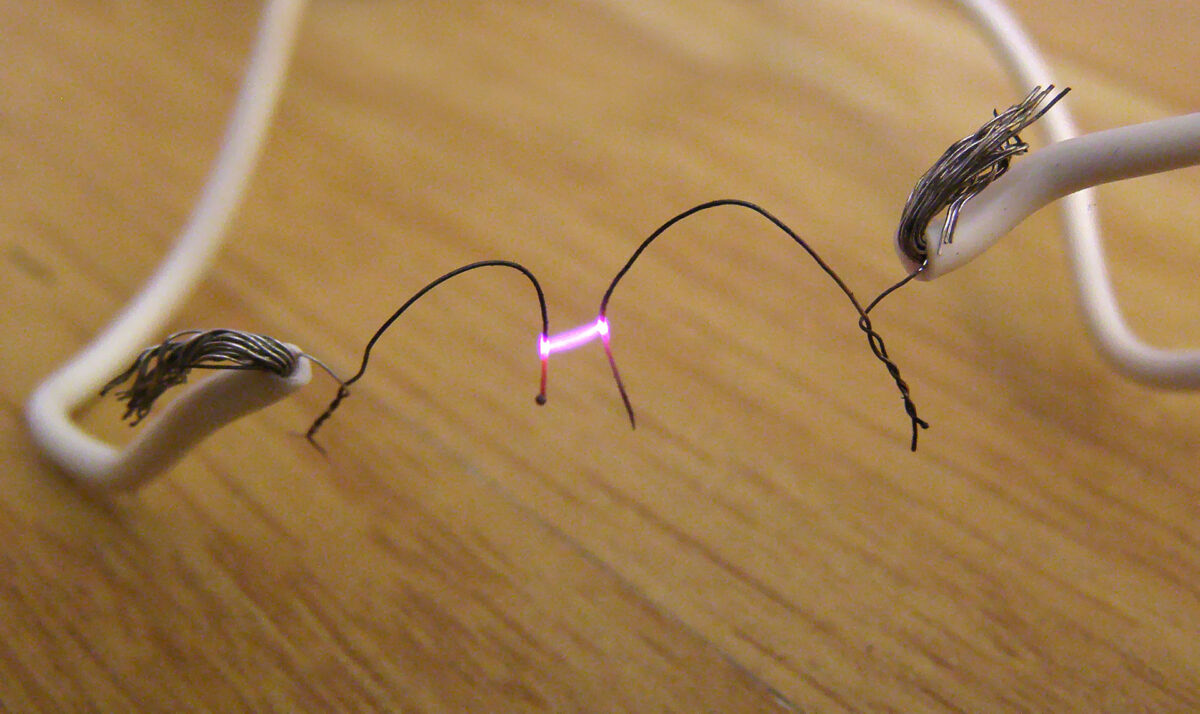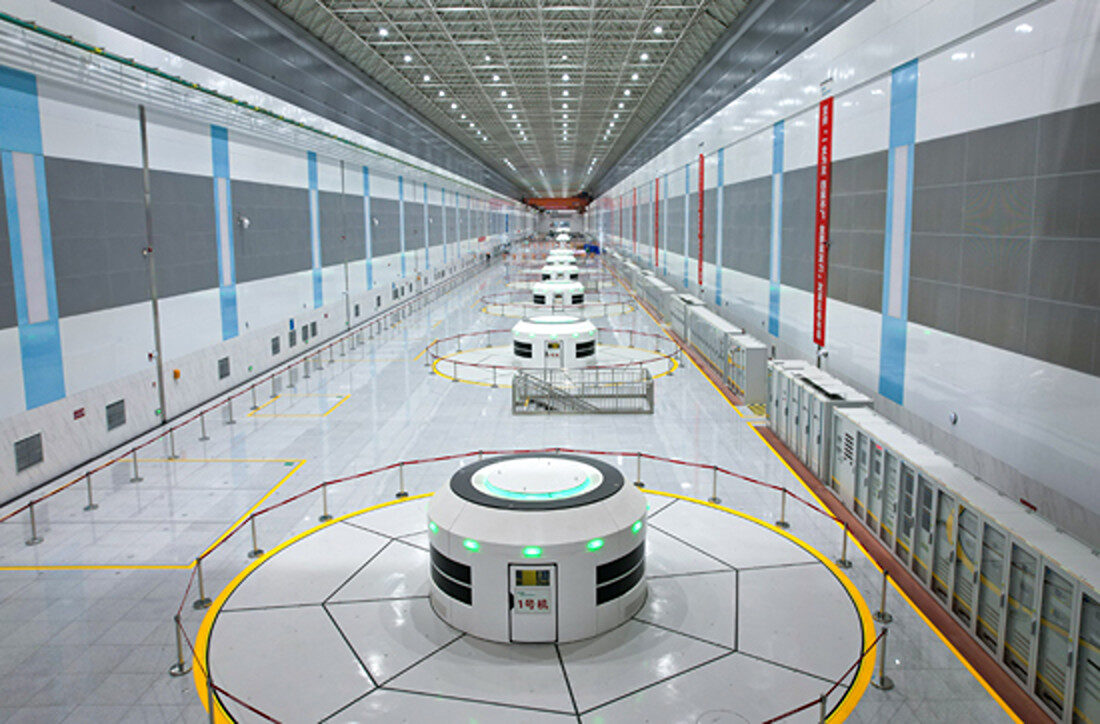Researchers from China's Tianjin University and inverter manufacturer Ginlong Solis have developed a novel AI-based method for DC arc detection in PV systems.
A DC arc occurs in PV arrays when there is an electrical discharge between conductive parts on this side of the system. The high energy and temperature involved in the process ionize surrounding gases, creating a plasma path for the current to continue flowing. “PV DC arc-faults have the potential to start fires, damage property, and endanger people's lives,” the group stated. “Many countries have established DC arc detection standards and defined DC arc fault protection due to the disastrous consequences of DC arcs.”
The novel technique is based on the fast Fourier transform (FFT) algorithm and the back-propagation neural network (BPNN) machine learning estimation method. The FFT is an algorithm frequently used to analyze signals and in this research was used to convert PV current to the frequency domain. BPNN is a machine-learning training method that corrects itself by changing the weight it gives to different layers of its understanding mechanism.
In the first step of the proposed method, a digital signal processor (DSP) unit is sampling AC components of the PV-side current until it achieves hundreds of points. Then, it uses the FFT algorithm to obtain frequency domain results and remove the components of the low-frequency range (less than 41 kHz) and high-frequency range (over 102.5 kHz).
In the following step, the remaining samples are divided into eight groups, feeding them to the BPNN analysis. Using those eight groups, the AI model processes the data and decides whether an arc exists. If it does, it sends a command to the PV-end DC/DC to interrupt the arc.
“The arc interrupting process can be done locally, eliminating the need for decisions to be made by the inverter level layer and cloud layer,” they added. “As a result, system reliability is relatively high. The disadvantage is that the algorithms are primarily implemented at the PV-end layer. Furthermore, because the training data is saved locally, the local units must have larger physical memory for data storage.”
The AI model is trained in two ways – online and offline. In the offline case, collected training data is fed into the algorithms in a computer, which upgrades the abilities of the DSP control software. The online training kicks into effect when the offline-based recognition fails. When it fails, the recorded data from the detection system is sent to the cloud, where the AI is further trained on them. Then, it sends the results back to the physical unit.
“The arc can be identified instantly utilizing FFT and AI analysis, and the arc detection time is less than 200 ms when an arc occurs,” the scientists said.
To test their detection method, they constructed a test platform. In between the platform’s PV and the inverter they connected an arc generator, a device that can create an arc for the AI to identify.
“The training results closely match the actual values,” they found. “Furthermore, 40 sets of testing data are used to validate the trained model. The testing results and created model match well. The success rate is 97.5 %, and just 1 out of 40 sets is incorrectly identified. The arc detection time is less than 200 ms when an arc occurs.”
The novel approach was presented in “A DC arc detection method for photovoltaic (PV) systems,” published in Results in Engineering.
This content is protected by copyright and may not be reused. If you want to cooperate with us and would like to reuse some of our content, please contact: editors@pv-magazine.com.



1 comment
By submitting this form you agree to pv magazine using your data for the purposes of publishing your comment.
Your personal data will only be disclosed or otherwise transmitted to third parties for the purposes of spam filtering or if this is necessary for technical maintenance of the website. Any other transfer to third parties will not take place unless this is justified on the basis of applicable data protection regulations or if pv magazine is legally obliged to do so.
You may revoke this consent at any time with effect for the future, in which case your personal data will be deleted immediately. Otherwise, your data will be deleted if pv magazine has processed your request or the purpose of data storage is fulfilled.
Further information on data privacy can be found in our Data Protection Policy.